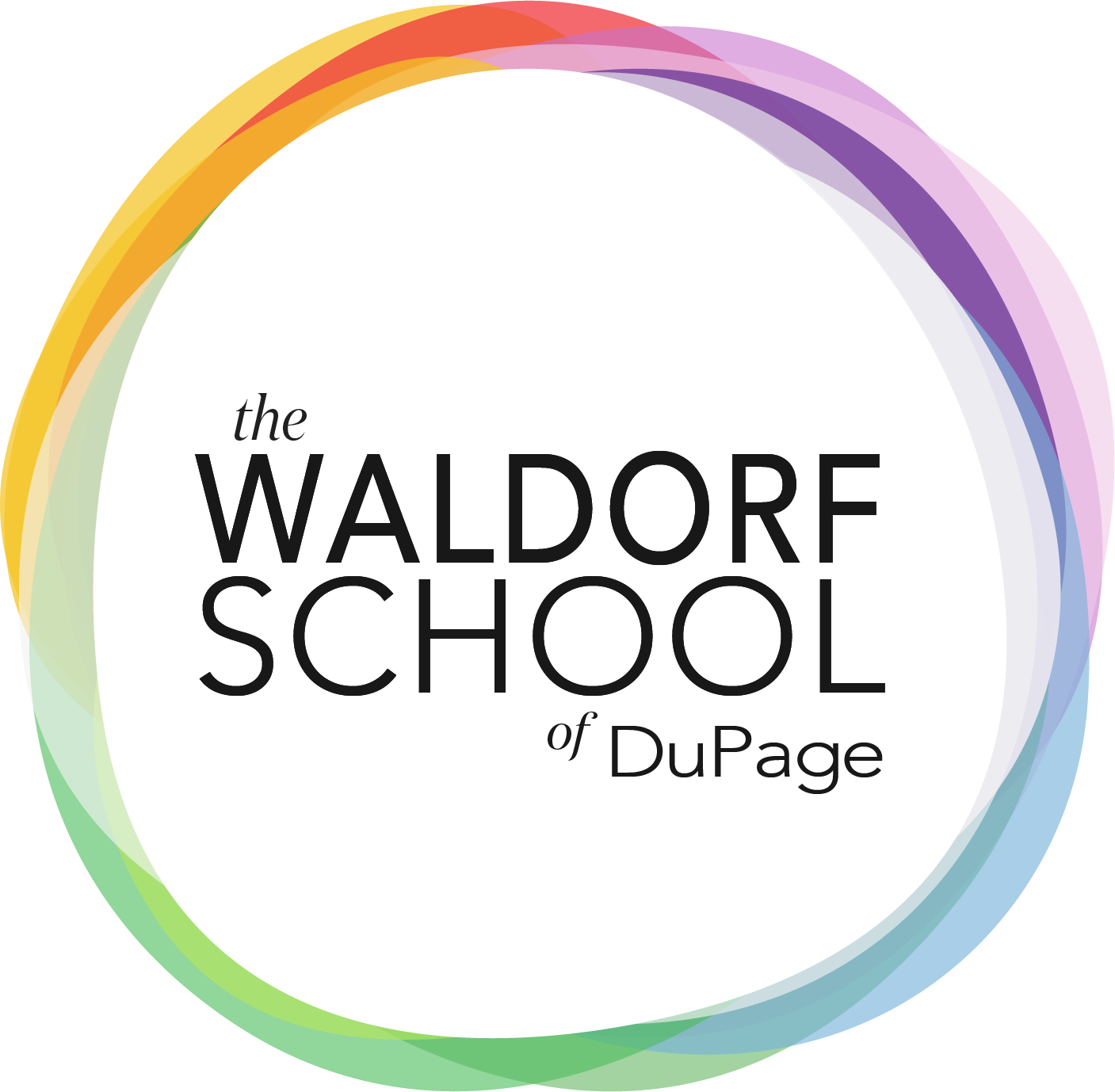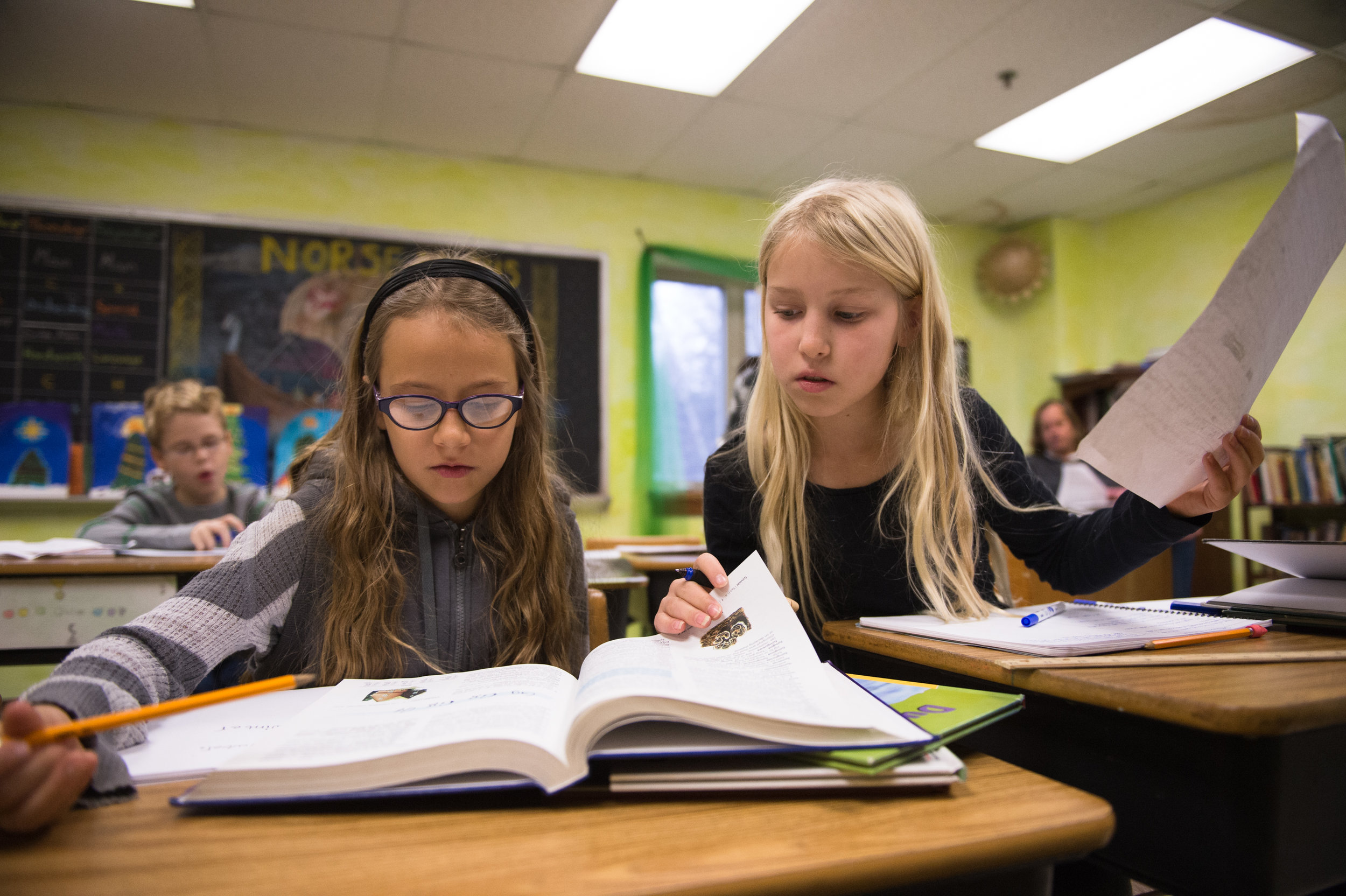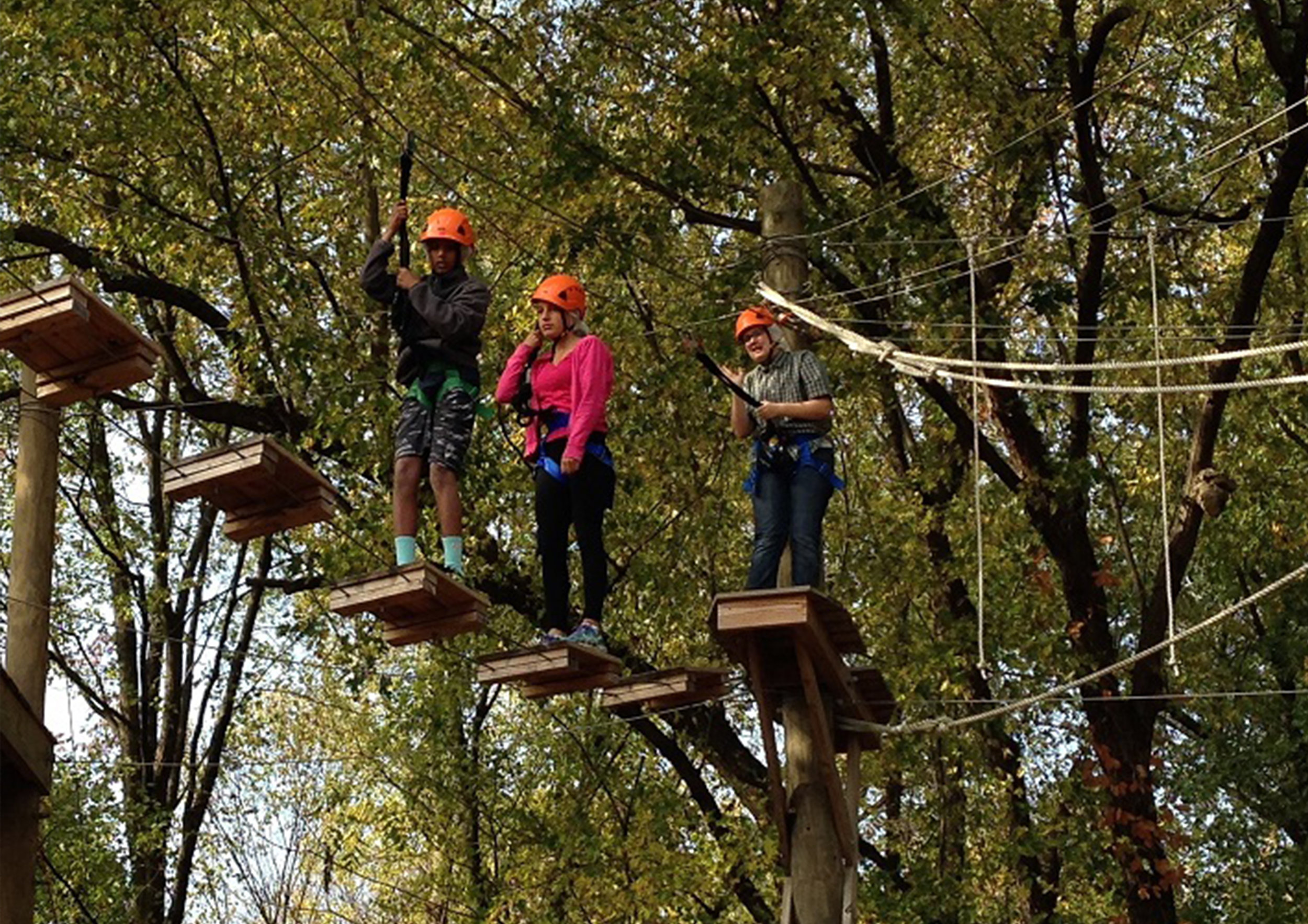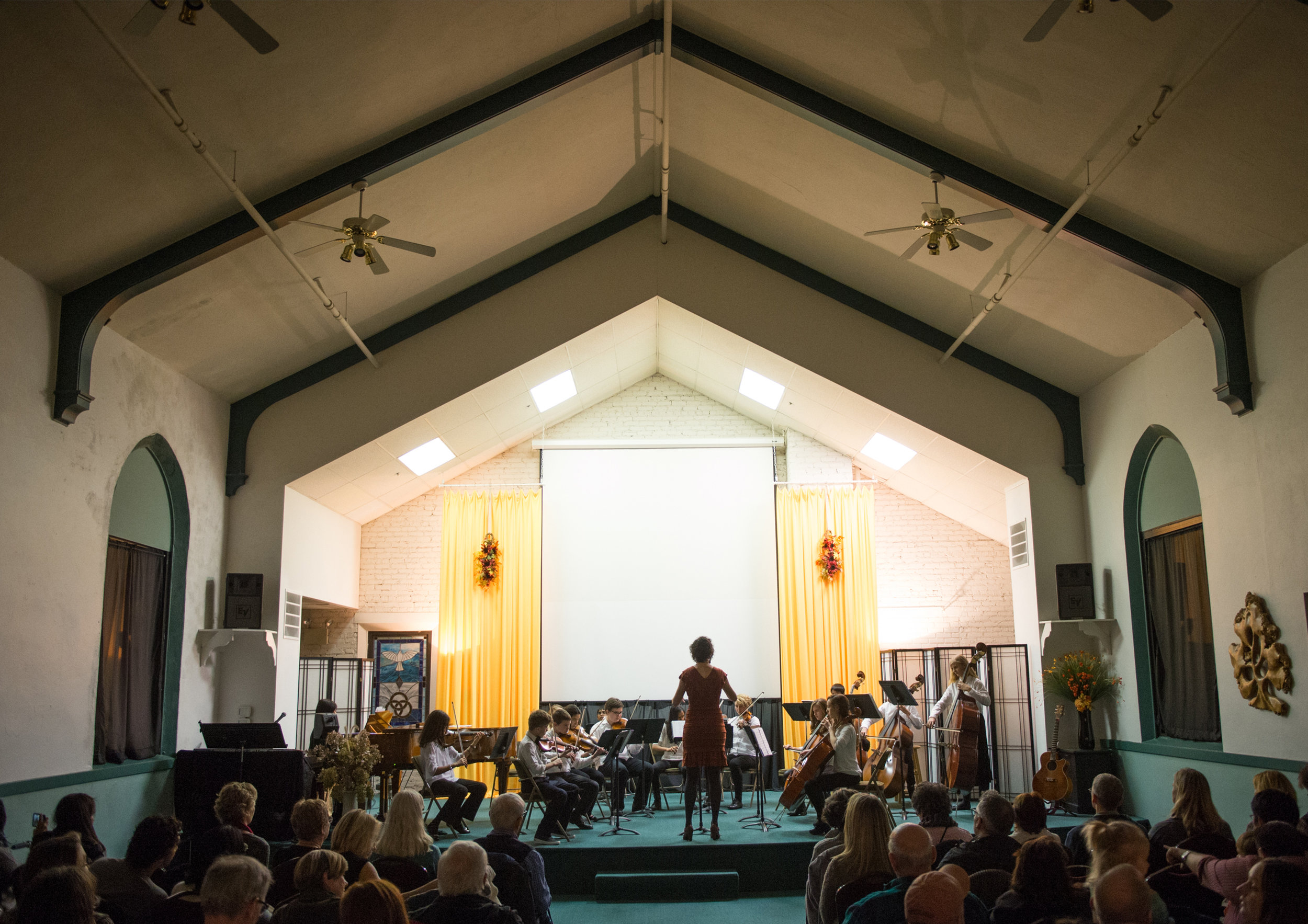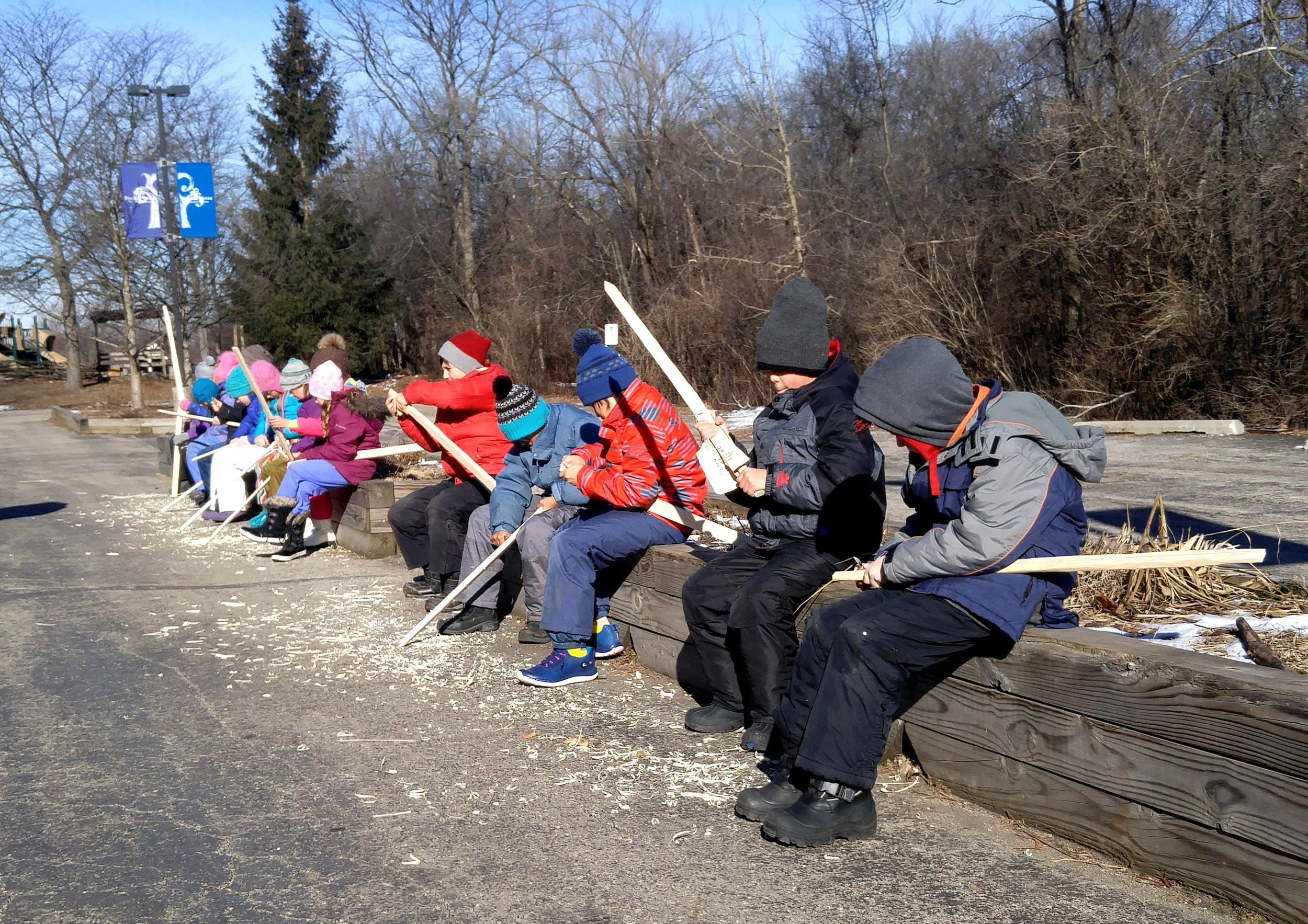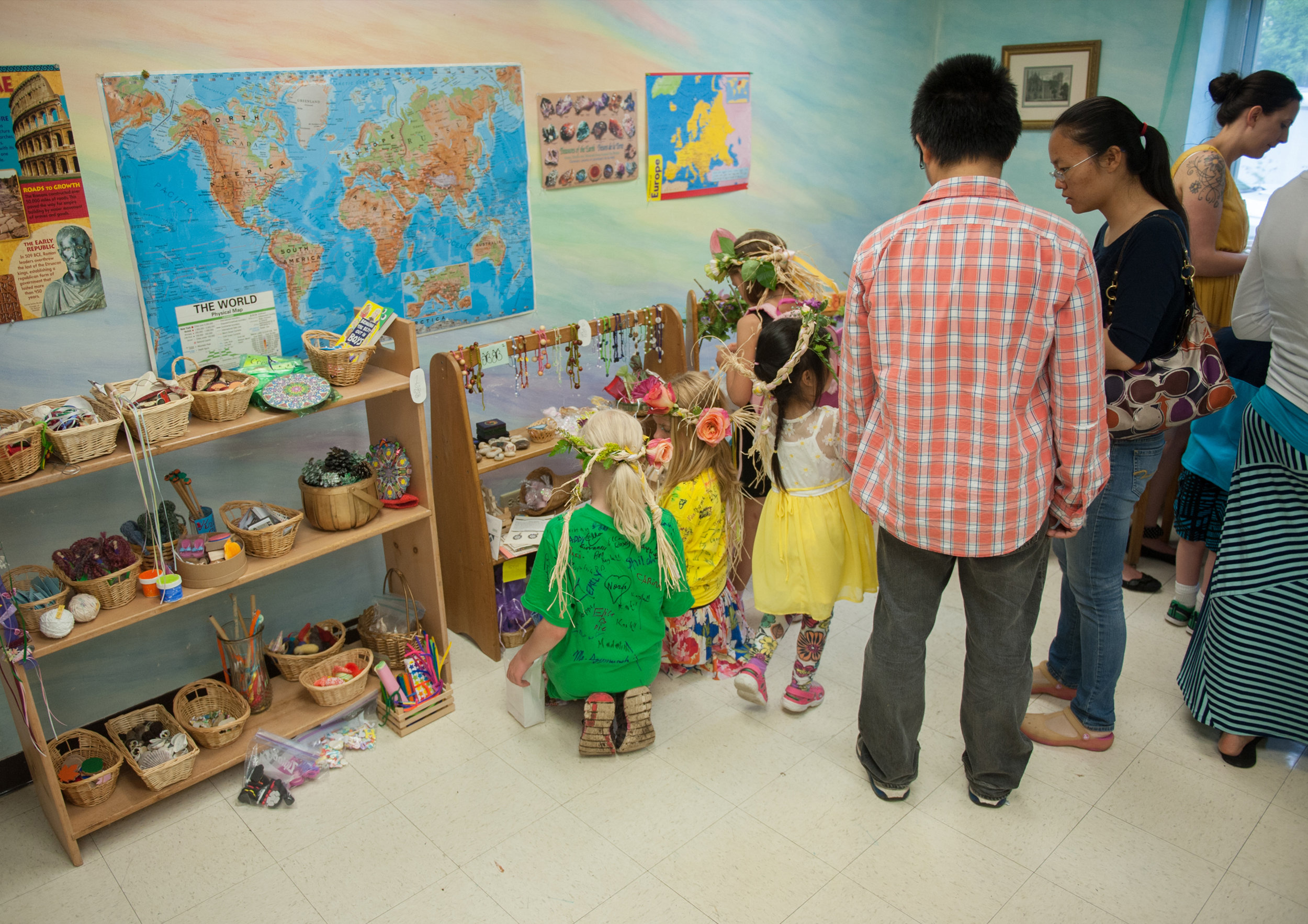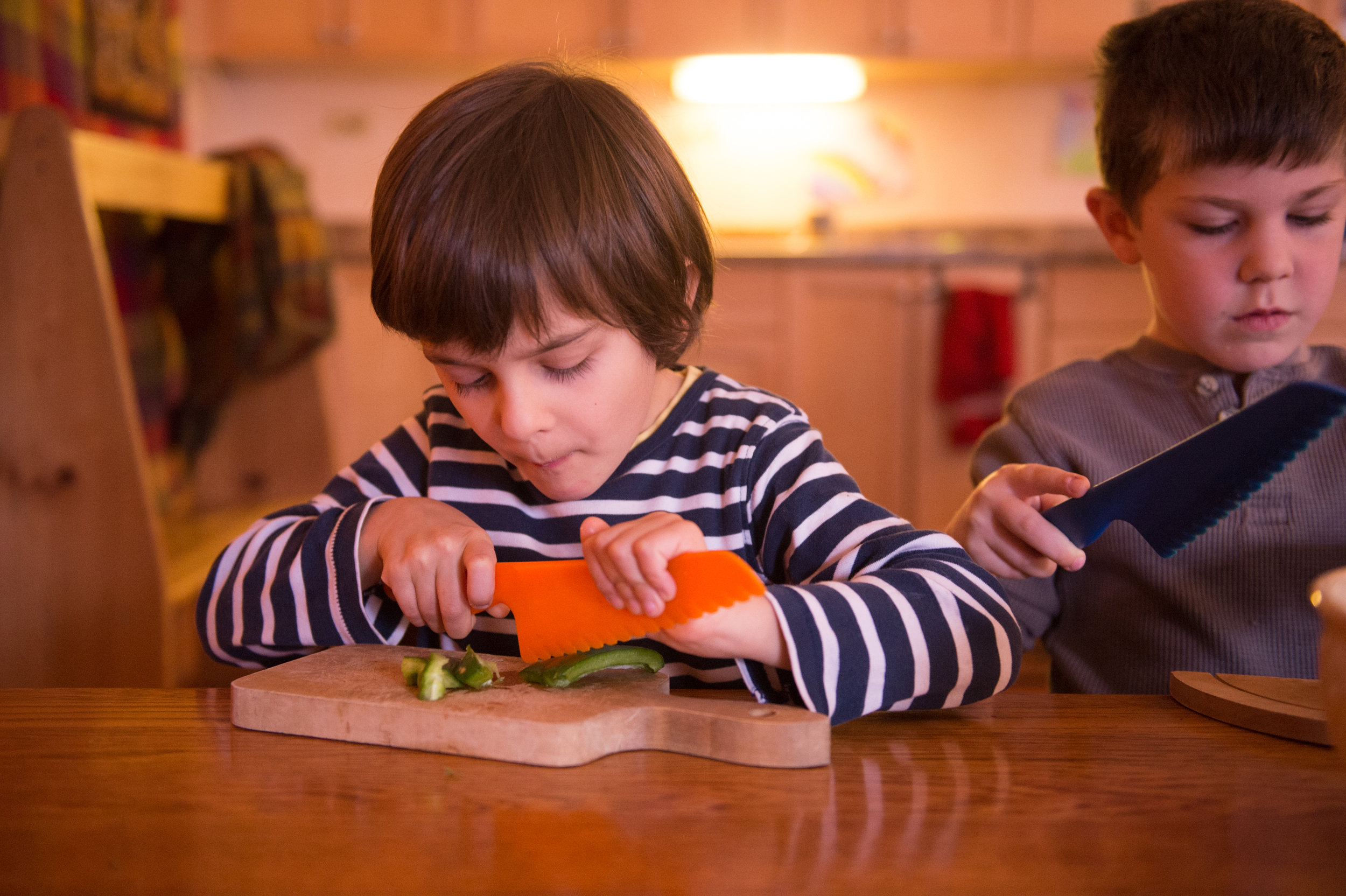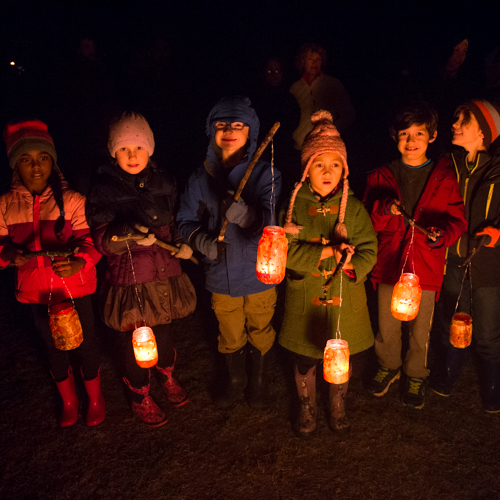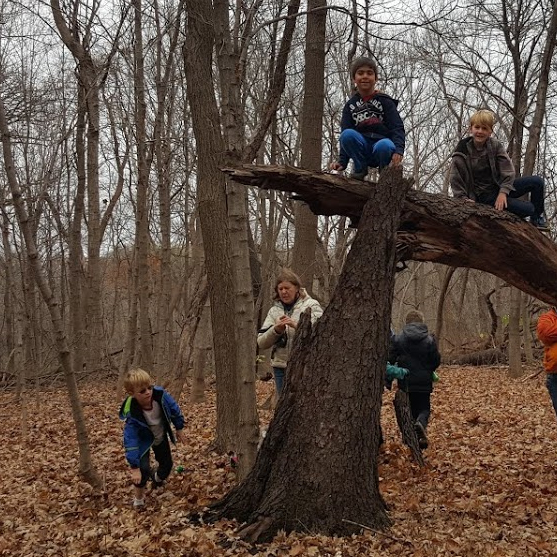A UNIQUE WAY OF LEARNING
Waldorf education is a holistic teaching method that doesn’t just rely on intellect but rather engages a child’s entire being for learning. Every subject is taught through art, music, movement, and story, allowing students with a variety of learning styles to thrive and achieve deeper comprehension. The playing field is leveled so children don’t just learn through textbooks and lectures. On any given day you may find a class painting, hiking, or singing while learning.
Note that we don’t have optional curriculum. All students must participate in all courses including choir, orchestra, painting, games, yoga, secondary language, etc.
Grade 1
A significant transition happens between kindergarten and first grade. First grade provides a strong framework for classroom dynamics, desk-based work and group interactions. The curriculum introduces daily routines, methods and exercises from which academic, communicative and social skills develop.
Four functions of math (Addition, Subtraction, Multiplication and Division)
Reading, writing and spelling (taught using fairy tales, folk tales and nature stories)
World language, music, watercolor painting (and other additional learning opportunities)
GRADE 2
As children enter their second year of grade school, they are becoming more aware of their experience in a larger world and of the values and perspectives of others. Their sense of the inviolate security of immediate family is challenged and enhanced as they begin to establish a self-image that exists independently.
Increasing complexity of four math operations
Reading, writing, & spelling (taught using fables & legends)
Symmetry & mirror drawing, world language, music, flute, crochet
GRADE 3
At around nine years of age, students enter third grade and begin to experience a new sense of self as they ask and are confronted with the question, “Who am I in relation to others and to the world?” Waldorf educators identify this important transition and realization of selfhood as the nine-year change. At this time students move their feelings inward as they become more independent in thought and action.
Long division & multiplication
Jewish culture, legends and stories of wise and holy people
Poetry, grammar & punctuation, world language
Structure building, agriculture & gardening, music, recorder, crochet
GRADE 4
Students are discovering the complexities of human motivations and emotions in the fourth grade. They study Norse Mythology and folktales that reflect human characteristics in the stories of the Norse Gods. These traditional tales center on strength of character, courage, self-sacrifice, and perseverance while revealing hidden motives, a character's fallibility and the challenges of working at cross purposes with others.
Fractions, geometric forms
Norse mythology, composition & book reports
World language, local history & geography, zoology
Mapmaking, orchestra, clay modelling, embroidery
GRADE 5
Fifth grade is referred to as the “golden year” because students at this age are enthusiastic about learning, eager for new challenges and capable of hard work and creativity. Even in the social arena, they display a harmony that will soon be transformed by the pending complexities of the adolescent years.
Decimals, fractions, metric system
Descriptive writing
World language, ancient history covering: India, Persia, & Greece, Greek mythology
Botany & zoology, U.S. geography
Knitting on 4 needles, orchestra, Greek Pentathlon
GRADE 6
At this stage of development the student’s world is delineated in absolutes (more inclusive thinking will develop in the future). The sixth grade curriculum focuses on strong guidelines and clear differentiation concepts as well as a morality of right and wrong.
Business math, geometric drawing, & equations
Physics, geology, botany, ancient Rome, medieval Europe, the Crusades, & Islam
Expository, descriptive, & narrative writing
North & South American geography
World language, orchestra, recorder
Grade 7
Along with the changes brought about by puberty, adolescents begin to turn inward to seek themselves. The child at this age experiences a conflict in wanting to be accepted by the group, yet recognized as an individual. New powers of intellect emerge as critical thinking blossoms. The seventh grade curriculum aims to meet these developments through the themes of discovery, exploration, and transformation.
Algebra, chemistry, physics
Research papers, meteorology, astronomy, physiology
Platonic solids, World History 1400-1700
African & European geography
Sewing, world language, orchestra
GRADE 8
With the advent of puberty, eighth-graders’ capacity for logical thinking and independent judgment fully awakens. The class teacher brings enthusiasm to the individual student’s search for truth. The robust eighth grade curriculum allows the students to experience a sense of completion as they stand at the doorway to adulthood and prepare to leave our school.
Geometry, chemistry, physics, physiology, Shakespeare
Geography of Asia & Antarctic, World History 1700 – present,
World language, orchestra, sewing, black & white charcoal drawing
